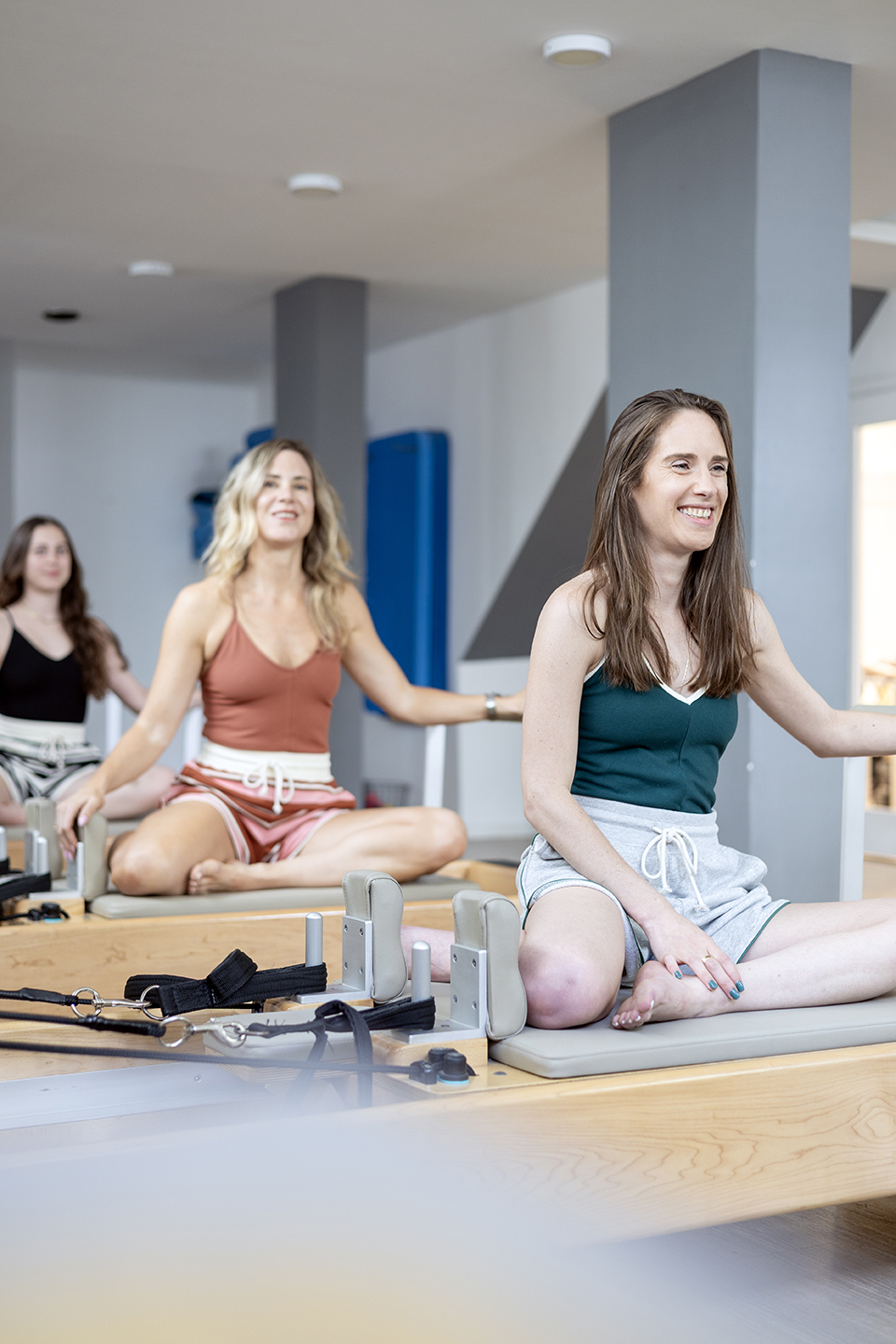Cardiovascular endurance training is definitely beneficial for our health, but when it’s done the wrong way and without intention, it can even become harmful. What are the most common mistakes people make—and what can you do to fix them?
First thing – step out of “the box”
Many people think that cardio machines are the only way to raise the heart rate, and that the main goal of cardio training is fat burning. But cardio can easily be incorporated into your daily routine—not just at the gym.
For example:
Take the stairs instead of the elevator, ride a bike or walk instead of driving, or park your car a little farther from work and walk the rest. Small changes can add consistent aerobic activity to your day. We recommend adding variety and movement to your modern (and often overly comfortable) daily lifestyle.
Second – choose the workout that fits you
When choosing the type of workout that fits your daily routine, we recommend prioritizing what you enjoy. That should be the most important consideration—before intensity, duration, or frequency.
The workout should be enjoyable so that you can truly stick with it.
Third – get out of the “fat-burn zone”
You want to burn as many calories as possible, so it may seem that long cardio sessions—like running or fast walking at 60–70% of your max heart rate—are the most effective.
But a short workout with high-intensity exercises can actually increase your daily fat-burning far more than a long cardio session.
So instead of staying on the treadmill or elliptical for as long as possible—start adding interval workouts or short, high-intensity sessions. Challenge your body and add variety to your training.
Sample Workout – A Powerful, Fat-Burning Interval Session
How to do it:
-
Perform each exercise for 45 seconds, rest 15 seconds
-
Complete 2–4 rounds, resting about 1 minute between rounds
Exercise 1 – Squat to Jump (2246)
Stand with feet hip-width apart. Perform a squat, then as you rise, jump upward and return to the squat position.
Arms extend forward during the squat and move to the sides during the jump.
Important: When landing, keep the knees aligned—do not let them collapse inward or outward.
Exercise 2 – Sumo Squat Burpee (2250)
Stand with legs wide and feet turned out. Perform a deep squat with palms together at the chest.
Jump your feet back into a plank, then jump back into the wide squat.
Important: Land softly and keep long arms and relaxed shoulders while in plank.
Exercise 3 – Front Kicks (2252)
Stand with feet hip-width apart. Step onto your right leg and kick forward with the left. Step back, take two steps, switch legs, and kick with the right. Continue alternating.
Exercise 4 – Spiderman Plank (2253)
Bend forward, walk your hands out into a plank (one hand after the other).
From the plank, bring your right knee toward your right elbow, return, then walk back to standing. Switch legs each repetition.
Keep your core engaged and your hand steps controlled.
Exercise 5 – Jumping Lunges (2255)
Stand with feet hip-width apart. Perform a lunge on the right, switch legs in the air, then jump to bring both legs together.
Important: Keep your knees aligned—no collapsing inward.
Exercise 6 – V-Ups (2258)
Lie on your back with straight legs and arms extended overhead.
Lift your legs and arms at the same time until they meet, then lower down with control.
If you feel back discomfort, you can bend the knees on the way up, or keep your feet on the ground and curl only the upper body.
Exercise 7 – Scissors (2259)
Lie on your back, lift straight legs toward the ceiling, raise your head and shoulders, and extend your arms forward.
Lower one straight leg toward the floor, then switch.
If your lower back is sensitive, slightly bend your knees or reduce the lowering range.
Karin Lazarovitz Zanzuri is a senior instructor certified by PEAK PILATES International and the owner of Pilates City studio in Tel Aviv, offering both instructor training and Pilates apparatus classes.
Find us on Instagram as well!

